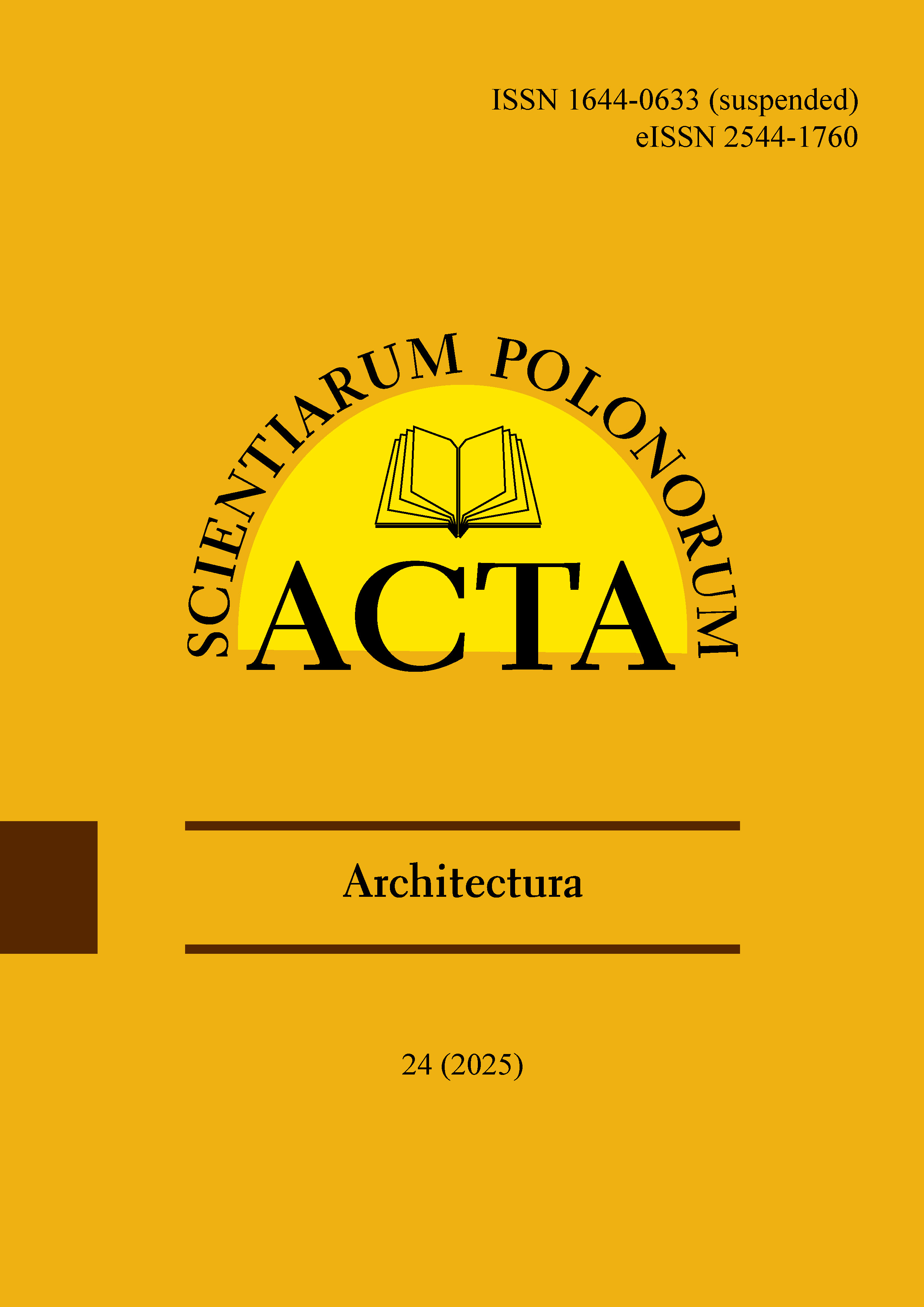Main Article Content
The concrete industry frequently uses waste material known as sugarcane bagasse ash (SCBA) because of its excellent pozzolanic qualities. Cement is a rare and essential component of concrete construction that is in high demand all over the world. Meanwhile, carbon dioxide (CO2) is generated widely due to the infrastructure development in the construction sector. To lower CO2 emissions, concrete must contain less cement. Replacing some of the cement in concrete with agricultural wastes such as rice husks and sugar cane bagasse significantly reduces the material’s environmental impact. Therefore, this study focuses on the durability performance of concrete with sugarcane bagasse ash as a partial replacement for cement at 5%, 10% and 15% by weight. The durability of the concrete was studied through the electrical resistivity test, rapid chloride infiltration test, initial surface absorption test, as well as carbonation after 7 days and 28 days. It was observed that the SCBA is a pozzolanic substance with good binder qualities that may be utilised in concrete mixtures to partially replace costly cement.
Article Details
Amin, M., Tayeh, B. A. & Agwa, I. S. (2020). Effect of using mineral admixtures and ceramic wastes as coarse aggregates on properties of ultrahigh-performance concrete. Journal of Cleaner Production, 273, 123073. https://doi.org/10.1016/j.jclepro.2020.123073 (Crossref)
American Association of State Highway and Transportation Officials [AASHO] (2011). Standard method of test for surface resistivity indication of concrete’s ability to resist chloride ion penetration (AASHTO TP 95). AASHTO. Retrieved from https://www.transportation.org
ASTM International [ASTM] (2010). Standard test method for electrical indication of concrete’s ability to resist chloride ion penetration (ASTM C 1202-10). ASTM International. Retrieved from https://www.astm.org
ASTM International [ASTM] (2022). Standard specification for coal fly ash and raw or calcined natural pozzolan for use in concrete (ASTM C618-22). ASTM International. Retrieved from https://www.astm.org.
Balakrishna, M., Mohamad, F., Evans, R. D. & Rahman, M. (2018). Assessment of water absorption of concrete by Initial surface absorption test. Engineering, Environmental Science, Materials Science.
British Standards Institution [BSI] (1996). Testing of concrete. Part 208: Recommendations for the measurement of hardened concrete by ultrasonic pulse velocity (BS 1881-208:1996). British Standards Institution. Retrieved from https://www.bsigroup.com
Bureau of Indian Standards [BIS] (2000). Code of practice for plain and reinforced concrete (IS 456:2000). Bureau of Indian Standards. Retrieved from https://www.bis.gov.in
Bureau of Indian Standards [BIS] (2015). Ordinary Portland Cement – Specification (IS 269:2015). Bureau of Indian Standards. Retrieved from https://www.bis.gov.in
Bureau of Indian Standards [BIS] (2016). Specification for coarse and fine aggregates for concrete (IS 383:2016). Bureau of Indian Standards. Retrieved from https://www.bis.gov.in
Bureau of Indian Standards [BIS] (2019). Concrete mix proportioning – guidelines (IS 10262:2019). Bureau of Indian Standards.
Chi, M. (2012). Effects of sugar cane bagasse ash as a cement replacement on properties of mortars. Materials Science, Engineering, Environmental Science, 279–285. https://doi.org/10.1515/SECM-2012-0014 (Crossref)
Cordeiro, G. C., Andreão, P. V. & Tavares, L. M. (2019). Pozzolanic Properties of Ultrafine Sugar Cane Bagasse Ash Produced by Controlled Burning. Heliyon, 5 (10), e02566. https://doi.org/10.1016/j.heliyon.2019.e02566 (Crossref)
Heniegal, A. M., Ramadan, M. A., Naguib, A. & Agwa, I. S. (2020). Study on Properties of Clay Brick Incorporating Sludge of Water Treatment Plant and Agriculture Waste. Case Studies in Construction Materials, 13, e00397. https://doi.org/10.1016/j.cscm.2020.e00397 (Crossref)
Jha, P., Sachan, A. K. & Singh, R. P. (2021). Bagasse Ash (ScBa) and Its Utilization in Concrete as Pozzolanic Material: A Review. Lecture Notes in Civil Engineering. https://doi.org/10.1007/978-981-33-6969-6_41 (Crossref)
Joshaghani, A. & Moeini, M. A. (2018). Evaluating the Effects of Sugarcane-Bagasse Ash and Rice-Husk Ash on the Mechanical and Durability Properties of Mortar. Journal of Materials in Civil Engineering, 30 (7), 1943‒5533. https://doi.org/10.1061/(ASCE)MT.1943-5533.0002317 (Crossref)
Mohammadinia, A., Arulrajah, A., D’Amico, A., & Horpibulsuk, S. (2018). Alkali-activation of fly ash and cement kiln dust mixtures for stabilization of demolition aggregates. Construction and Building Materials, 186, 71–78. https://doi.org/10.1016/j.conbuildmat.2018.07.103 (Crossref)
Rahimah, E., Nasir, S. & Kusbiantoro, A. (2015). Silica Extraction and Incineration Process of Sugarcane Bagasse Ash (ScCBA) as Pozzolanic Materials: A Review. Journal of Materials in Civil Engineering, V11, 7304‒7308.
Ramasamy, V. (2012). Compressive Strength and Durability Properties of Rice Husk Ash Concrete. KSCE Journal of Civil Engineering, 16, 93‒102. https://doi.org/10.1007/S12205-012-0779-2 (Crossref)
Olufemi, F. S. (2017). Initial Surface Absorption of Cement Combination Concretes Containing Portland Cement, Fly Ash, Silica Fume and Metakaolin. International Journal of Sustainable Construction Engineering & Technology, 8 (2). https://doi.org/10.9744/ced.20.2.96-101 (Crossref)
Thomas, B. S., Yang, J., Bahurudeen, A., Abdalla, J. A., Haweeleh, R. A., Hamada, H. M., Nazar, S. V. J. & Ashish, D. K. (2021). Sugarcane Bagasse Ash as Supplementary Cementitious Material in Concrete – A Review. Materials Today Sustainability, V15. https://doi.org/10.1016/j.mtsust.2021.100086 (Crossref)
Zeyad, A. M., Johari, M. M. A., Tayeh, B. A. & Yusuf, M. O. (2016). Efficiency of Treated and Untreated Palm Oil Fuel Ash as A Supplementary Binder on Engineering and Fluid Transport Properties of High-Strength Concrete. Construction and Building Materials, 125, 1066‒1079. https://doi.org/10.1016/J.CONBUILDMAT.2016.08.065 (Crossref)
Downloads
- Manish Khanna, Senthil Kasilingam, Performance of agro-waste cementitious material in the high-strength reinforced concrete applications: a review , Acta Scientiarum Polonorum. Architectura: Vol. 24 (2025)

This work is licensed under a Creative Commons Attribution-NonCommercial 4.0 International License.

